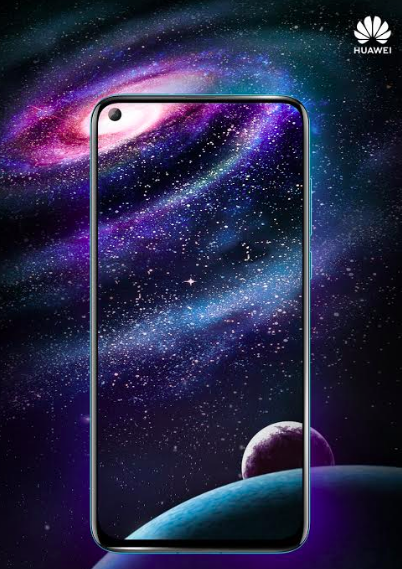
How Huawei defined smartphone display with the new generation of punch hole
Smartphone users are constantly seeking a completely natural and flawless viewing experience; they are demanding bigger screens and smartphones with better user experience that can satisfy their tremendous appetite for watching video content, gaming or even shopping.
The screen-to-body ratio of smartphones has soared since 2017, with the maturation of bezel-less display technology. From the first-gen 18:9 screen when the front camera is outside of display, to the various designs of the second-gen 19:9 notch display and dewdrop display when the front camera is inside the outline of display, mobile phone manufacturers like Huawei have collectively pursued in perfecting an absolute bezel-less design.
Among those who have succeeded in this pursuit was Huawei when it launched HUAWEI nova 4 with a punch hole. However, there was always an insurmountable roadblock preventing the achievement of such perfection, and that is the front camera. The biggest challenge of implementing an under-display camera may not be in design, but rather the extremely complicated requirements of the production process. To best "hide" the camera, it must be as tiny as possible. There are two potential solutions: one is called "through-hole", which is to make a hole through the LCD screen and fill the hole with the front camera; the other is the "blind-hole" method, which mounts the camera on the lower layer of the LCD screen without having to completely perforate it.
On one hand, the implementation of the "through-hole" process is relatively simple, but results in a larger camera area. Because it need to add a mechanical parts to cover (protect) the die-cut of the hole in the display, which will enlarge ~1mm more of the “camera hole” diameter. On the other hand, the "blind-hole" process reduces the “camera hole” diameter, but requires bypassing numerous technical challenges.
But Huawei engineers bravely took on the second option. However, enormous challenges soon followed –the engineers encountered numerous failures and revised the program countless times during the pre-research period. But in the end, they managed to overcome each and every obstacle along the way.
By placing the 25MP front selfie camera in HUAWEI nova 4 on the top-left side of the display under the LCD screen, the need of the notch was completely eliminated. The lens has a diameter of 3.05mm, about 20 percent smaller than the industry average – something previously though impossible by camera equipment providers.
But how is it possible to place a camera under the LCD panel? And where have the proximity sensor, receiver and light sensor disappeared? Huawei engineers must have encountered numerous failures and revised the program countless times during the pre-research period before they managed to overcome each and every obstacle along the way.
Proximity light sensors are generally located at the front of the phone, inside the top bezel. HUAWEI innovatively moved the proximity light sensor to the top of the middle frame, while designing it in an ingenious way that the sensor can still detect objects from the parallel direction, thus allowing calls to be made while the screen is off.
A higher screen-to-body ratio requires a smaller and thinner earpiece. To ensure that the volume and audio effect remain the same despite of decreased earpiece size, HUAWEI engineers skillfully increased the width and reduced the height of the earpiece – thus the birth of the slim micro-seam earpiece.
It is extraordinary that a seemingly small "camera hole" can involve so much technology, research, processes, development, and the tireless efforts of countless engineers. Nevertheless, this is exactly what HUAWEI succeeded in doing – providing the ultimate experience to users through advanced technology and craftsmanship.


























